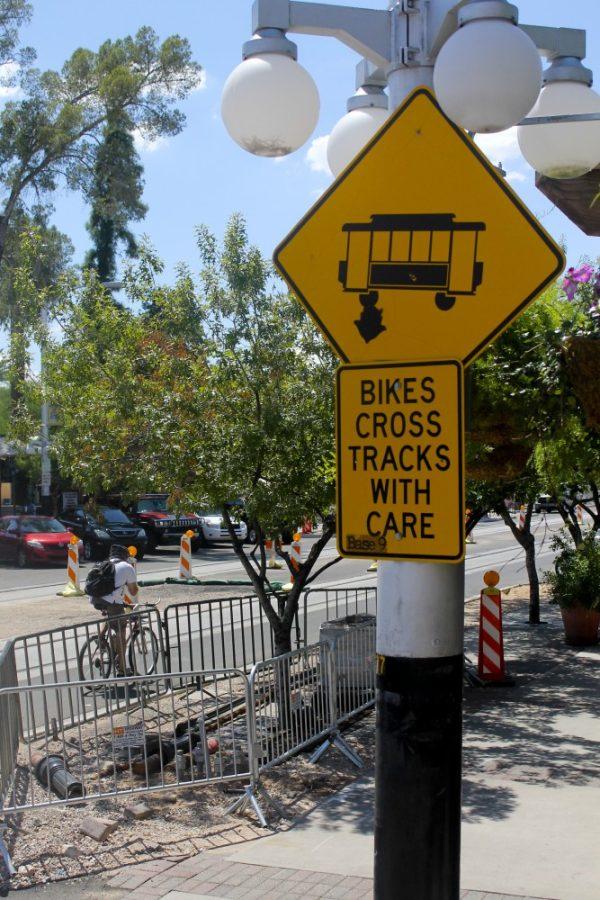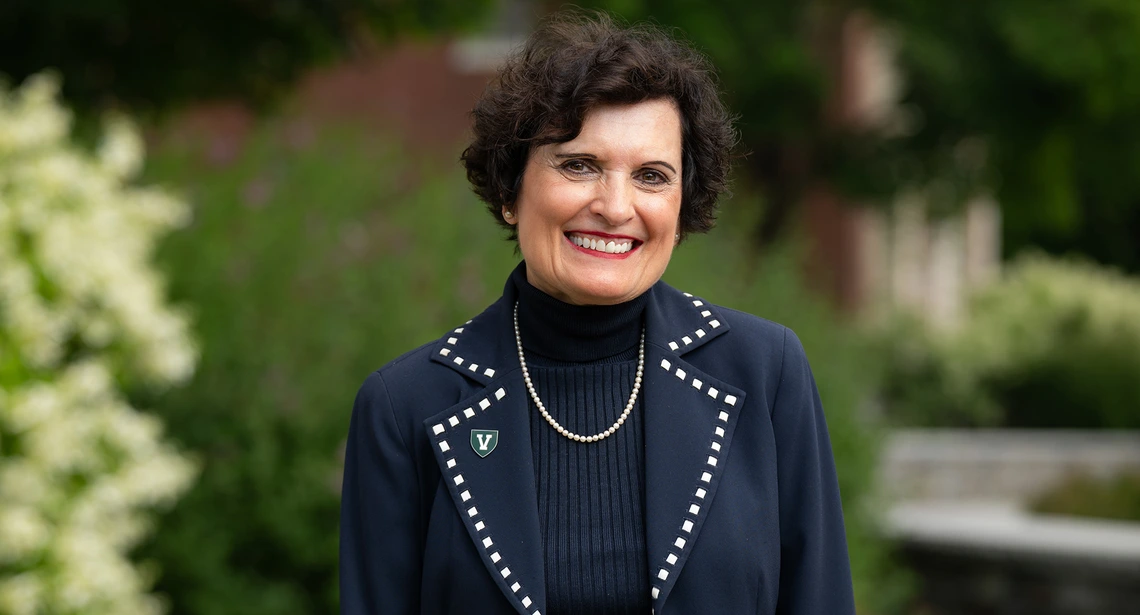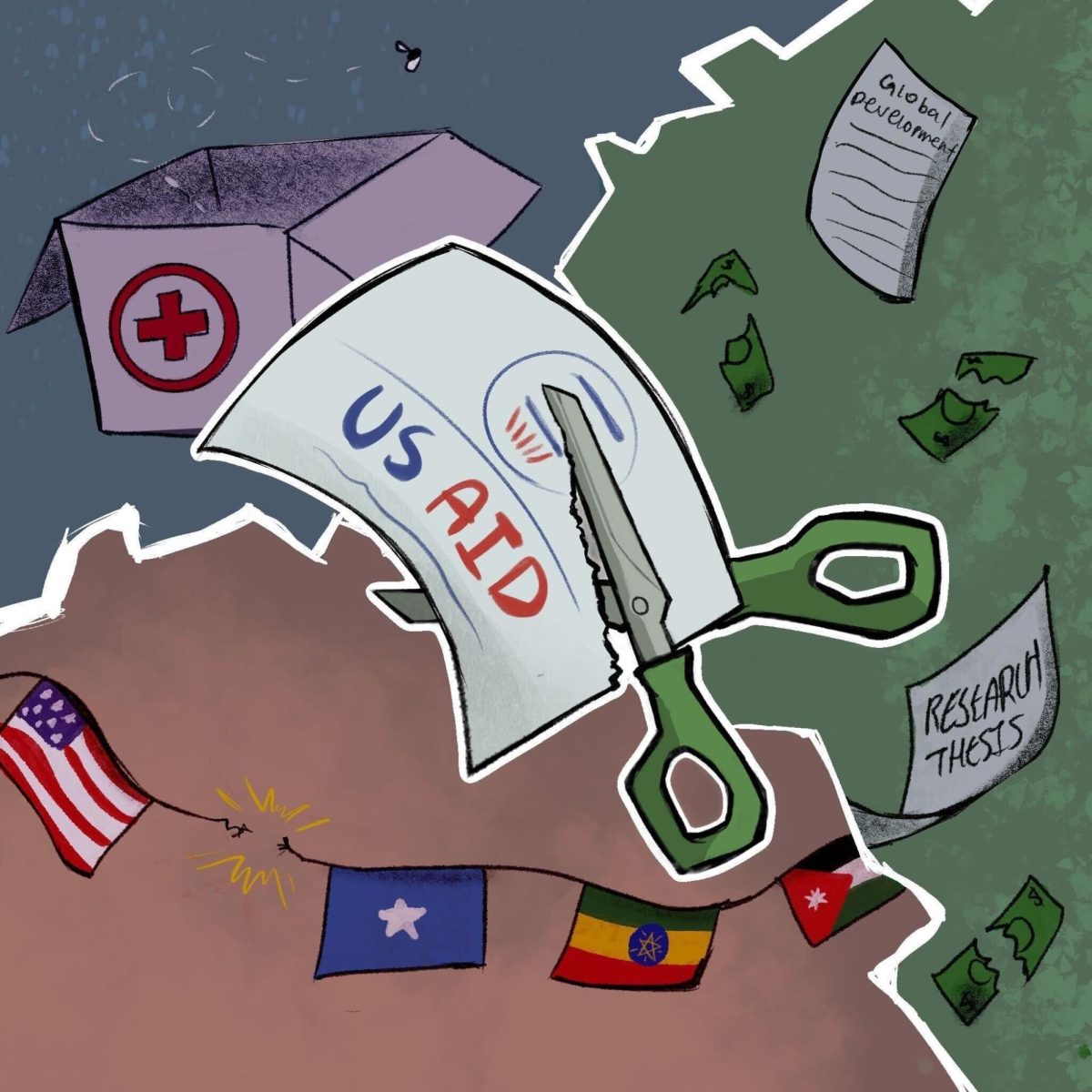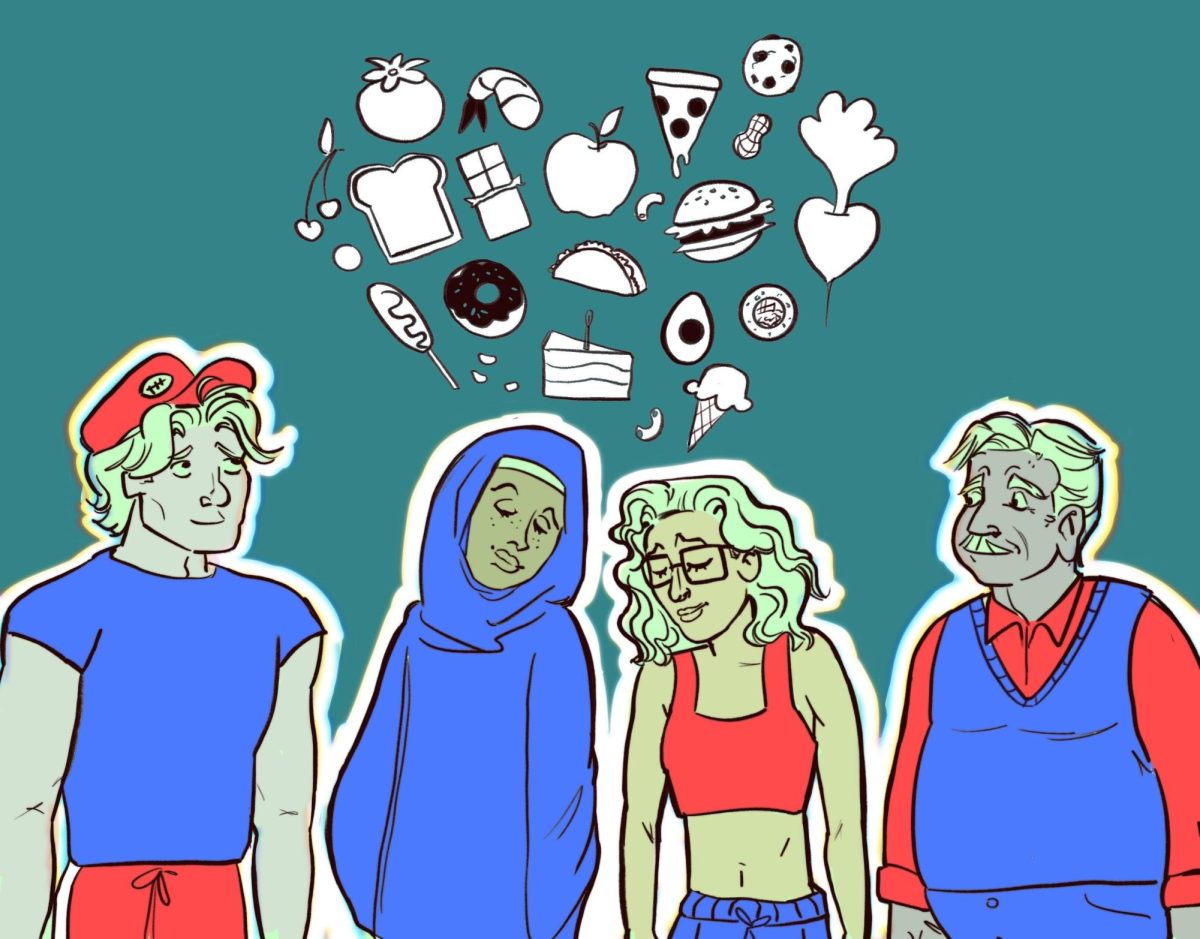The City of Tucson and Parking and Transportation Services have been working together to ensure the safety of community members during the streetcar’s construction. A communication team is also planning a series of outreach and educational programs to teach pedestrians, cyclists and motorists how to be safe once the streetcar is operating.
Many changes are being made to address safety including new traffic signals, two-way streets and the removal parallel parking on Second Street for space. While planning for the streetcar project, public education and safety were included in the budget, said Mary McLain, assistant general manager for Sun Tran and safety and security officer for the streetcar project.
The streetcar construction company is required to submit safety certification reports which are then verified, documented and maintained by the city. Apart from the safety committee that McLain works with, there is also a communications committee in charge of sharing safety information with the community.
Though the committee hasn’t yet finalized the ways it plans to share this information, McLain said it will be a continuous effort that will probably include open meetings as well as social media, just as information about the project has been shared thus far.
“It’s about changing people,” said Bill Davidson, marketing specialist of Parking and Transportation Services. “It’s really making yourself aware of your surroundings, being alert.”
Striping and taping on the road as well as street signs will be in place once the streetcar is open to the public. These signs will show cyclists how to cross tracks and warn drivers of streetcar stops.
David Heineking, director of PTS, said PTS is also working with the city to create a pedestrian and bike safety brochure which he is hoping to have on the streetcar and around the community.
“We want to try to reach as many people (as we can),” Heineking said.
A traffic light will replace the current four-way stop at the Park Avenue and University Boulevard intersection to reduce confusion between pedestrians, cyclists, motorists and the streetcar.
“I think that’s going to make a lot of pedestrians frustrated because they’re going to have to wait but that intersection … it’s chaos,” said Michael McKisson, adjunct professor in the School of Journalism and publisher at TucsonVelo.com, a news website that focuses on local cycling. “It’s not a pleasant intersection … so I think that (the traffic light) is actually going to be a really good upgrade.”
While parallel parking will be removed on Second Street for space, it will be maintained on Fourth Avenue and back-in parking will be maintained on University Boulevard. Heineking said PTS is looking for alternate routes to segregate cyclists to other streets keeping them safe and away from the streetcar whenever possible.
Still, others, including McKisson, aren’t convinced that the other forms of transportation will be given much to work with.
“The streetcar was given priority over every other road user,” said McKisson. “I’m concerned that there is a little too much trying to be crammed into a small roadway.”
Some of these crowded areas place a cyclist between a “door zone” and streetcar tracks, McKisson added. In order avoid being hit by an opening car door, cyclists must be about five feet away from a car, which could mean they’re very close to a track. Any slight side movement could cause a cyclist’s tire to get stuck in a track which could lead to them falling and injuring themselves.
“The streetcar is going through some areas where you have a lot of people riding bikes that aren’t really experienced,” said McKisson. “The challenge there is a lot of them may not know how to safely cross tracks.”
Cyclists are always advised to cross tracks at a 90 degree angle or as close to a 90 degree angle as possible. People are advised not to run across traffic to catch the streetcar, which could cause serious accidents as well.
The general advice for anyone around the streetcar is similar to general traffic safety advice. People are asked to be aware of their surroundings and be alert.
“I hope that in the end, that it’s going to work out well for people riding the streetcar, for motorists, bicyclists and pedestrians,” McKisson said.
The city’s streetcar review committee includes people from the fire department and police department as well as transit and traffic engineers who all work together to ensure that everyone’s safety is being addressed. PTS will be hosting an open house Wednesday to inform people about how to stay safe while near construction zones and what to expect once construction is over.
“We’re working as a city structure,” McLain said, “as a community, to bring the right people together.”








